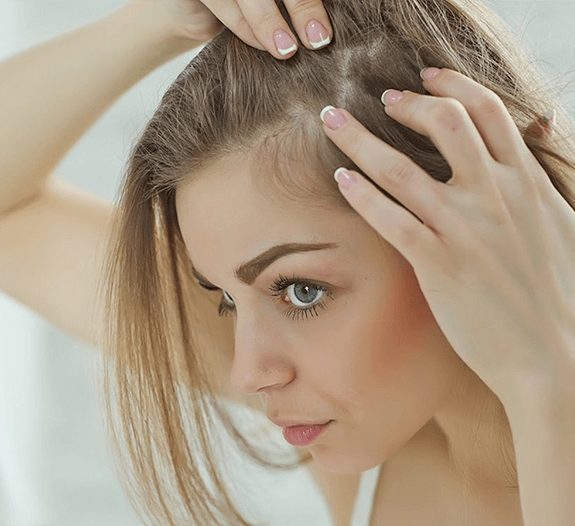
The diagnosis of Seborrhoeic dermatitis is mainly by history, clinical appearance, and behavior. There are no particular conclusive laboratory tests to diagnose seborrhoeic dermatitis. Skin scrapings can be done to rule out other conditions that can resemble seborrhoeic dermatitis (like ringworm, psoriasis).
The treatment options include antidandruff shampoos, anti-inflammatory antifungal creams/ lotions, and sometimes mild topical steroids may be required to reduce inflammation. The choice of treatment depends on the sites affected, and the extent of symptoms. Topical antifungals such as ketoconazole, clotrimazole, and climbazole can be used or combined with mild topical steroids. Oral antifungals may be needed in severe cases. Keratolytics can be used to remove scales when necessary (e.g. salicylic acid).
Seborrhoeic dermatitis improves with treatment, but because of increased sebum production tendency of an individual can recur this condition again. Patients, those who have a tendency to develop recurrent Seborrhoeic dermatitis may require retreatment at frequent intervals.
 Whatsapp
Whatsapp Facebook
Facebook Twitter
Twitter Instagram
Instagram Linkedin
Linkedin Pinterest
Pinterest